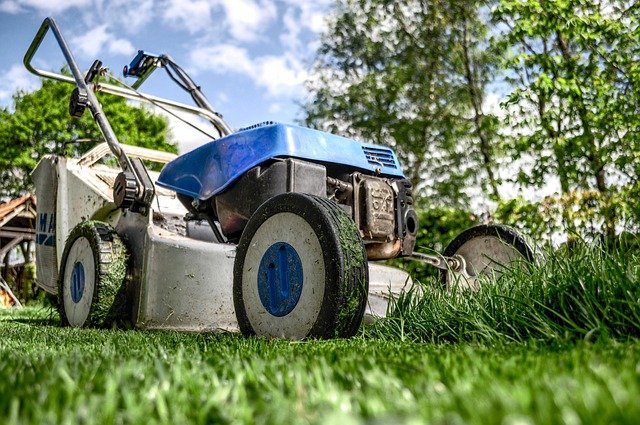The Ultimate Guide to Wood Chippers: Types, Benefits, and Safety
Wood chippers have revolutionized yard waste management and landscaping maintenance, offering efficient solutions for converting branches, leaves, and other organic debris into valuable mulch. This comprehensive guide explores the various aspects of wood chippers, from their practical benefits to the latest technological advances in design and functionality.

Benefits of Wood Chippers for Garden Waste Management
Wood chippers provide multiple advantages for both homeowners and professional landscapers. They efficiently reduce yard waste volume by up to 90%, converting bulky branches and debris into useful mulch. This processed material serves as excellent garden mulch, helping retain soil moisture, suppress weeds, and add nutrients back to the soil. Additionally, using a wood chipper can significantly reduce trips to disposal sites and associated costs.
Understanding Different Types of Wood Chippers
Three main categories of wood chippers dominate the market: electric, gas-powered, and PTO-driven models. Electric chippers are ideal for light residential use, handling branches up to 2 inches in diameter while operating quietly and requiring minimal maintenance. Gas-powered units offer greater mobility and power, suitable for branches up to 6 inches thick. PTO-driven chippers, attached to tractors, provide maximum power for commercial applications and large properties.
Selecting the Right Wood Chipper for Your Needs
Choosing the appropriate wood chipper depends on several key factors. Consider the maximum branch diameter you’ll typically process, frequency of use, and required portability. For occasional home use with small branches, an electric model suffices. Regular users handling larger debris should opt for gas-powered units. Property size, storage space, and maintenance capabilities also influence the selection process.
Essential Safety Guidelines for Wood Chipper Operation
Safety is paramount when operating wood chippers. Always wear appropriate protective gear, including safety glasses, ear protection, and heavy-duty gloves. Maintain a clear work area and never reach into the chipper chute. Regular maintenance checks of safety features, cutting mechanisms, and emergency shut-off systems are crucial. Keep children and pets away from the operating area at all times.
Maintenance Tips for Long-lasting Performance
Proper maintenance extends a wood chipper’s lifespan and ensures optimal performance. Regularly clean the chipper housing and discharge chute to prevent clogs. For gas-powered models, check oil levels, air filters, and spark plugs according to the manufacturer’s schedule. Sharpen or replace blades when performance decreases, and inspect belts and other moving parts for wear.
Comparison of Popular Wood Chipper Models
| Model Type | Power Source | Max Branch Size | Best For | Estimated Price |
|---|---|---|---|---|
| Sun Joe CJ601E | Electric | 1.5 inches | Small yards | $130-150 |
| Patriot CSV-3100B | Gas | 3 inches | Medium properties | $999-1,200 |
| DR Power TR4 | PTO | 4.5 inches | Large estates | $2,200-2,500 |
Prices, rates, or cost estimates mentioned in this article are based on the latest available information but may change over time. Independent research is advised before making financial decisions.
Future Trends in Wood Chipper Technology
The wood chipper industry continues to evolve with innovative features focused on user experience and environmental impact. Newer models incorporate noise reduction technology, improved safety features, and more efficient motors. Electric models are becoming more powerful while maintaining eco-friendly operation. Smart technology integration allows for better monitoring of performance and maintenance needs, while hybrid power options provide versatility for different applications.




